🧠 What Is Molly MDMA?
Molly MDMA, short for “molecular,” refers to MDMA (3,4‑methylenedioxy‑methamphetamine), a synthetic psychoactive known as an entactogen, combining stimulant and mild hallucinogenic effects
. Sold as tablets, capsules, powders, or liquids, molly creates a sense of euphoria, emotional warmth, and heightened sensory perception .
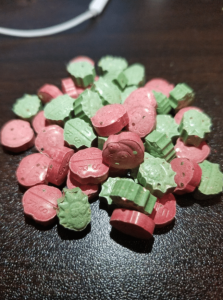
molly mdma
⚡ How Molly MDMA Affects the Body & Brain
Neurotransmitter surge: molly mdma floods the brain with serotonin, dopamine, and norepinephrine, driving intense feelings of emotional closeness, energy, and mood enhancement .
Typical onset/duration: Effects begin 20–60 minutes after ingestion and usually last 3–6 hours
Stimulant-like physical effects: Expect muscle tension, jaw clenching, sweating, increased heart rate and blood pressure, and possible dehydration especially during prolonged activity .
⚠️ Risks & Neurotoxicity of Molly MDMA
Serotonin neurotoxicity: Animal and human data suggest that MDMA can damage serotonin neurons, resulting in memory impairments and mood disturbances
Hyperthermia & dehydration: Especially in hot, active environments (festivals, clubs), molly use can cause dangerous overheating, rhabdomyolysis, electrolyte imbalance, and even death
Drug interactions amplify harm: Combining molly with substances like caffeine substantially raises risks—animal studies note higher rates of overheating, neurotoxicity, and cardiovascular stress
🧬 Research & Therapeutic Uses
MDMA-assisted psychotherapy is being investigated, especially for PTSD. Early trials show promise, though regulatory bodies like the FDA cite issues with trial methodologies and safety concerns
Empathy & social bonding: Under controlled settings, molly MDMA facilitates deeper emotional connection during therapy, partly through serotonin—and possibly oxytocin—mechanisms
🎓 Takeaway
Molly MDMA produces powerful sensations of empathy, euphoria, and sensory enhancement, which historically made it popular in social and therapeutic settings. However, it carries serious health risks—from neurotoxicity to heat-related emergencies—especially when combined with other substances or used in unsafe environments. While therapeutic avenues show potential, they require strict medical oversight. Outside of controlled research, molly remains illegal and unsafe.
5. What are the long-term effects of using Molly MDMA?
Chronic or heavy use of Molly MDMA may lead to long-lasting cognitive and emotional changes, including impaired memory, attention, and mood regulation. Studies link frequent use to serotonin system damage and changes in brain structure—though moderate use effects are still under research
6. Are there heart risks associated with MDMA?
Yes—MDMA acts on 5‑HT₂B serotonin receptors, which in animal and some human studies are associated with early signs of cardiac fibrosis or heart valve changes, particularly in heavy users
7. Could mixing Molly MDMA with caffeine be dangerous?
Absolutely. Research indicates combining even small amounts of caffeine (like in soda or chocolate) with Molly can significantly worsen hyperthermia (overheating) and increase brain toxicity, posing serious physical risks
8. Was MDMA ever legal or used medically?
Yes—MDMA was first synthesized in 1912 and was legally used in experimental psychotherapy during the 1970s and early 1980s. It became a Schedule I substance in 1986 following widespread recreational use
9. Can Molly MDMA be addictive?
While MDMA doesn’t fit the same addiction profile as opioids or stimulants, some users do develop a substance use disorder, experiencing tolerance, cravings, mood disturbances, and withdrawal symptoms
10. Is MDMA-assisted therapy effective and safe?
Clinical trials suggest MDMA-assisted psychotherapy is promising for PTSD, with many patients achieving remission. But the FDA has flagged potential biases and safety gaps, calling for more rigorous, independent studies

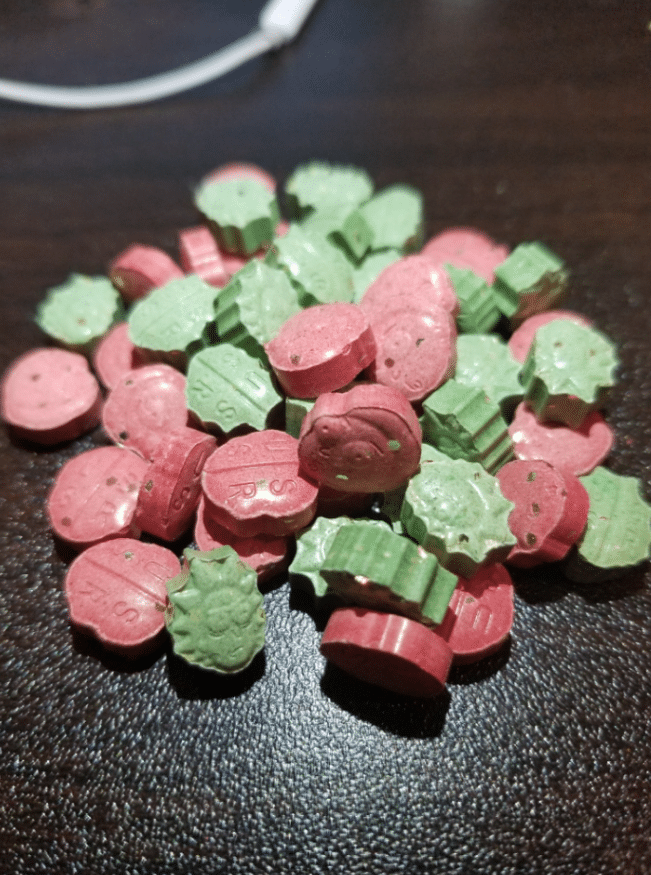

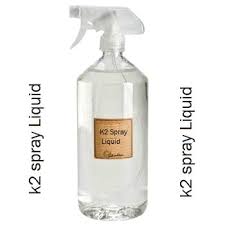


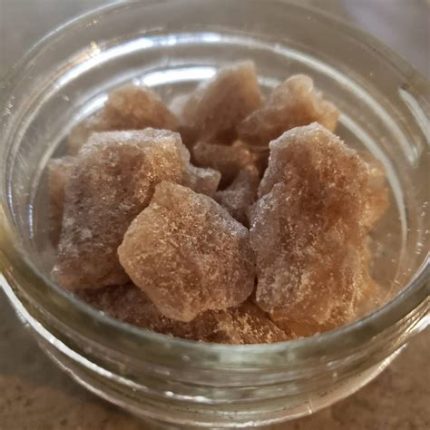
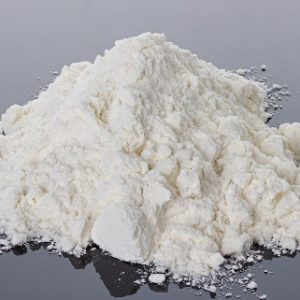
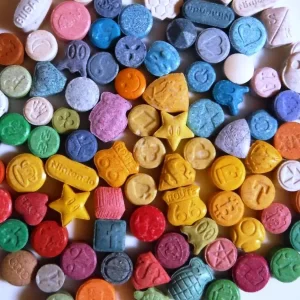

Reviews
There are no reviews yet.